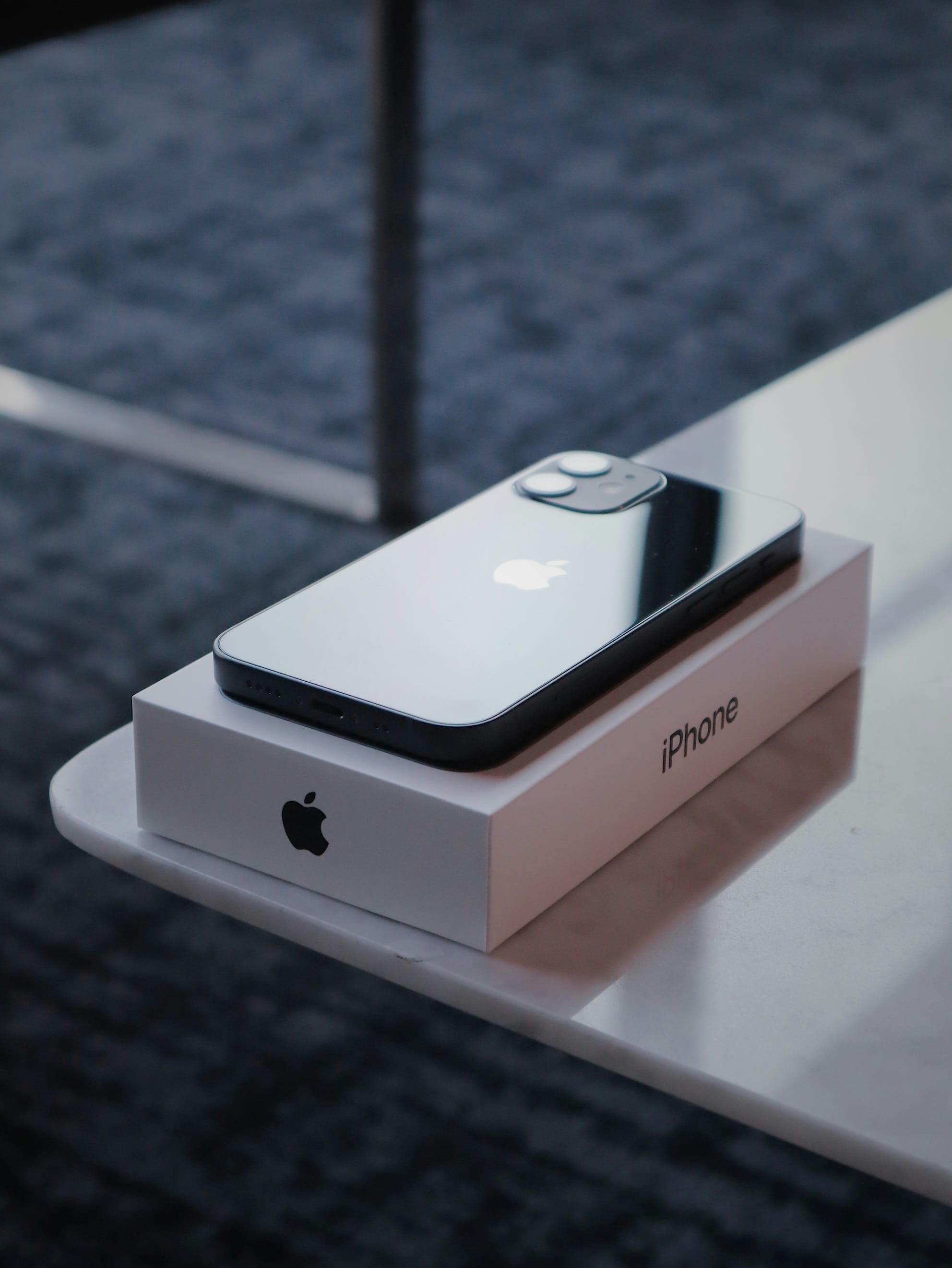The Evolution of Smartphone Screen Sizes
Deciding between a compact or large smartphone depends on personal needs. Some prioritize battery life and media immersion, while others prefer portability and comfort. Weighing these factors helps users choose the right device that fits their lifestyle and daily usage habits.

Smartphone screen sizes have drastically evolved over the past decade, with modern devices like the Samsung Galaxy S25 Ultra boasting massive 6.9-inch displays, compared to the compact 3.5 to 4-inch screens seen on older devices like the iPhone 4 and iPhone 5s. This transition to larger screens has reshaped the smartphone industry, influencing user preferences, market trends, and technological advancements. While small phones such as the iPhone Mini series and Asus Zenfone attempted to cater to a niche audience, they ultimately failed to gain widespread traction. However, there is a renewed interest in compact smartphones, raising questions about their viability and the trade-offs they bring in terms of battery life and performance.
The Shift to Bigger Screens: Why Did Smartphones Grow?
The move from small, compact phones to large-screen devices was driven by multiple factors:
1. Changing User Behaviour and Content Consumption
- In the early 2010s, smartphones were primarily used for calls, messaging, and casual browsing.
- Today, they serve as multimedia hubs, handling video streaming, gaming, productivity tasks, and content creation.
- A larger screen enhances video-watching experiences, gaming immersion, and multitasking, making it more appealing to modern users.
2. Improvements in Display Technology
- OLED and AMOLED displays allow for ultra-thin bezels, making large screens more manageable.
- High refresh rates (120Hz and beyond) deliver smoother experiences, complementing bigger displays.
- Edge-to-edge designs, with minimal borders, ensure smartphones remain ergonomic despite their size.
3. The Influence of Foldable Phones and Tablet-Like Experiences
- Foldable technology bridges the gap between smartphones and tablets, encouraging large-screen adoption.
- Devices like the Samsung Galaxy Z Fold series demonstrate how users benefit from a tablet-like display in a portable form.
4. Increasing Productivity and Gaming Demand
- Larger screens cater to mobile professionals, facilitating better document editing, split-screen multitasking, and stylus support.
- The rise of mobile gaming (PUBG, Genshin Impact) demands better visuals and immersive gameplay, favoring expansive screens.
The Failure of Small Phones: Why Did iPhone Mini and Asus Zenfone Struggle?
Despite the demand for compact smartphones, models like the iPhone Mini (12 Mini, 13 Mini) and Asus Zenfone 10 failed commercially. Several factors led to their decline:

1. Market Preference Leaned Toward Larger Screens
- While some users desired small, pocketable phones, most people found larger displays more useful for everyday tasks.
- Compact screens lacked immersive multimedia experiences, pushing consumers toward bigger alternatives.
2. Battery Life Limitations
- Smaller phones inherently accommodate smaller batteries, leading to shorter screen-on times.
- Users expected all-day battery life, which compact devices struggled to provide.
3. Price vs. Value Proposition
- Compact flagship devices, like the iPhone Mini, had the same price as regular-sized models but offered less battery and screen estate.
- Customers felt they weren’t getting good value, leading them to choose standard-sized flagships instead.
4. Limited Availability and Marketing
- Apple and Asus didn't aggressively market their compact phones.
- With fewer promotions and availability issues, consumer awareness remained low, leading to poor sales.
Is There a Future for Small Smartphones?
Despite the dominance of large-screen phones, compact devices aren't entirely obsolete. Recent trends suggest there may be a small but dedicated market for them.
1. Renewed Interest in Ergonomics and One-Handed Usability
- Many users now seek comfortable, easy-to-handle devices, rejecting bulky phones.
- A return to minimalism, fueled by nostalgia, has revived interest in compact designs.
2. Foldable and Flip Phones as Compact Alternatives
- Devices like the Galaxy Z Flip series offer portability with large-screen functionality.
- Foldables might replace traditional compact phones, offering a best-of-both-worlds approach.
3. Battery Life and Performance Trade-Offs
Smaller phones face significant challenges when balancing battery longevity and hardware performance:
- Battery Limitations:
- Less internal space = smaller batteries.
- Compact devices often struggle with longevity, requiring frequent charging.
- Performance Compromises:
- Smaller cooling systems lead to thermal throttling in high-performance tasks.
- Flagship chips demand heat dissipation, which compact phones struggle to manage.
What Is The Lifestyle Like? Bigger vs Smaller Phones
Living with a small flagship smartphone versus a max-sized flagship device is a dramatically different experience, affecting everything from portability to productivity. The moment you hold a compact phone, like the iPhone 13 Mini or Samsung Galaxy S23, you feel an immediate sense of convenience. Its lightweight nature allows effortless one-handed use—whether you're typing, scrolling, or even pulling it out of your pocket. For those who prioritize comfort and ease of handling, a smaller phone is ideal. It sits neatly in pockets without protruding, making it perfect for users on the go. However, the downside quickly becomes apparent when engaging in content-heavy tasks. Watching videos, playing games, or multitasking feels cramped, lacking the immersive experience that a larger phone, like the iPhone 13 Pro Max or Galaxy S23 Ultra, provides.
A max-sized flagship is undeniably better suited for media consumption, gaming, and productivity. The expansive display transforms browsing, video editing, note-taking, and multitasking into a fluid experience. The Samsung Ultra series, for example, integrates an S Pen, allowing for precise inputs that are nearly impossible on smaller screens. Professionals, gamers, and content creators generally gravitate toward these larger phones because they feel more like portable workstations rather than just communication devices. However, handling them daily can be cumbersome. Using one-handed gestures is a challenge, requiring constant adjustments to grip. For prolonged use, especially while commuting or lying in bed, the weight and size can become uncomfortable. Pocketability also suffers—fitting a large phone into tight jeans or smaller bags feels inconvenient, making everyday usage slightly less practical.
Battery life is another major factor in this comparison. Large flagships have significantly bigger batteries, meaning they last longer with intensive tasks such as gaming, streaming, and navigation. Small flagship phones, due to space constraints, often struggle in this area. Even with power-efficient processors, their smaller capacity forces users to charge more frequently, which can be frustrating for those on the move. Performance also takes a hit in compact devices, particularly in demanding applications. Thermal management becomes an issue, as smaller devices have less room for heat dissipation. A Galaxy S23 Ultra or iPhone 13 Pro Max can sustain peak performance much longer than their smaller counterparts, making them ideal for heavy users.
Ultimately, the choice between a small or large flagship phone depends on priorities. If convenience, portability, and ease of handling are essential, a compact phone is perfect. But if productivity, entertainment, and battery longevity matter more, then a max-sized flagship is undoubtedly the better option. With foldable phones now offering a middle ground, the smartphone market is evolving—perhaps redefining what "practical" means in the near future.
Conclusion
The evolution of smartphone screen sizes reflects a broader shift in user needs, technological advancements, and industry trends. Larger screens have become the standard, offering immersive experiences, better productivity tools, and longer battery life. Devices like the Samsung Galaxy Ultra series and iPhone Pro Max models demonstrate how users now prefer large displays for gaming, content consumption, and multitasking, prioritising performance over compact convenience.
However, the resurgence of compact phone enthusiasts suggests there is still a demand for one-handed usability, portability, and ergonomics. While models like the iPhone Mini and Asus Zenfone struggled, newer innovations, such as foldable and flip phones, are bridging the gap between large-screen functionality and compact portability. The future may not lie in traditional small smartphones, but rather in hybrid designs that offer both efficiency and comfort.
Ultimately, the decision between a small or large smartphone depends on personal preferences and usage patterns. Whether prioritising battery life, multimedia immersion, or sleek design, users must weigh the trade-offs and select a device that best suits their lifestyle. With continued advancements in mobile technology, the industry will likely adapt, ensuring a balance between size, usability, and innovation.




